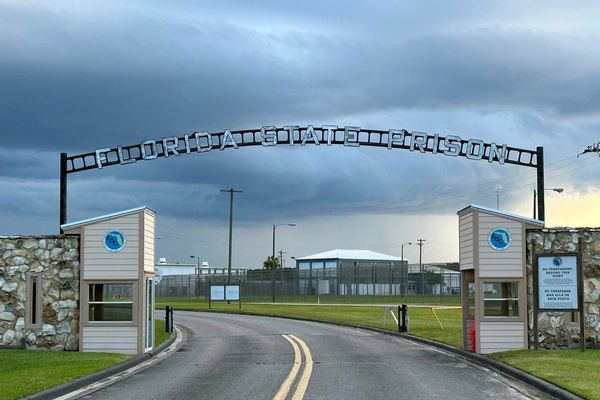
JOAN McGoldrick (nee Carter) and Joan Stewart (nee Thomas) were in kindergarten when they first walked through the gates of Carrington Public School in 1935.
On Friday the two life-long friends returned to Carrington Public as the special guests of the sesquicentenary assembly to celebrate the school's 150-year history.
Mrs McGoldrick and Mrs Stewart, at 93, are the oldest surviving ex-pupils of the school. They were also joined by 92-year-old former student Audrey Milne (nee Curtis).
Mrs McGoldrick said it was lovely to share the experience with Mrs Stewart, given their long-standing friendship. The pair last saw each at Mrs Stewart's 90th birthday celebration in March 2020.
"Joan is a very special friend," Mrs McGoldrick said. "We started kindergarten together and our birthdays are just a month apart.
"When we were about eight, we were both 'junior debs' at a debutante ball. We've shared many fun times and adventures including a holiday to Queensland as teenagers with Joan's family. We've kept in contact over the years with phone calls and Christmas cards."

Mrs McGoldrick completed sixth class at Carrington Public in 1941, where she was taught by a Mr Stanton who left mid-way through the year to join the air force to serve in the Second War World.
She left Newcastle Girls High School in 1945 and worked at Steggles in Hamilton as an office clerk before getting married in 1953 and raising two daughters Robyn and Karen, who also went to Newcastle Girls High.
Carrington has become increasingly gentrified in recent years, but it still maintains its working-class community-minded charm.
Mrs McGoldrick moved to Adamstown when she was married, but remembers the harbourside suburb fondly for regular trips to Mrs Bird's shop for ice creams and movies at Everyone's Theatre, in Young Street, which operated between 1929 and 1962.
"Carrington was a very close and friendly community - a great place to grow up with lovely neighbours and friends," she said.
"My grandparents and many other relatives lived nearby and many stayed in Carrington. People looked out for each other and were quick to help out."
Carrington Public School has also changed remarkably since the 1930s.
As a student Mrs McGoldrick and her friends would play on a grass field near the school's incinerators.

"These incinerators were used to burn any rubbish at the end of each day," she said.
"We used to rummage through the bins beforehand, to look for scraps of paper because paper was scarce during war time."
Discipline also also far stricter. The class sat in rows on wooden desks, wrote with ink mixed from a blue powder with water and students weren't allow to talk or risk getting the cane.
"Punishments were harsh," Mrs McGoldrick said. "The cane was often used and could be easily seen up on the cupboard as a constant warning."
As part of Carrington Public's 150-year celebrations each of the school's 136 students - and ex-pupils Mrs McGoldrick, Mrs Stewart and Mrs Milne - were gifted a commemorative t-shirt, designed by teacher's aide and Indigenous artist Kulka Fahey.







